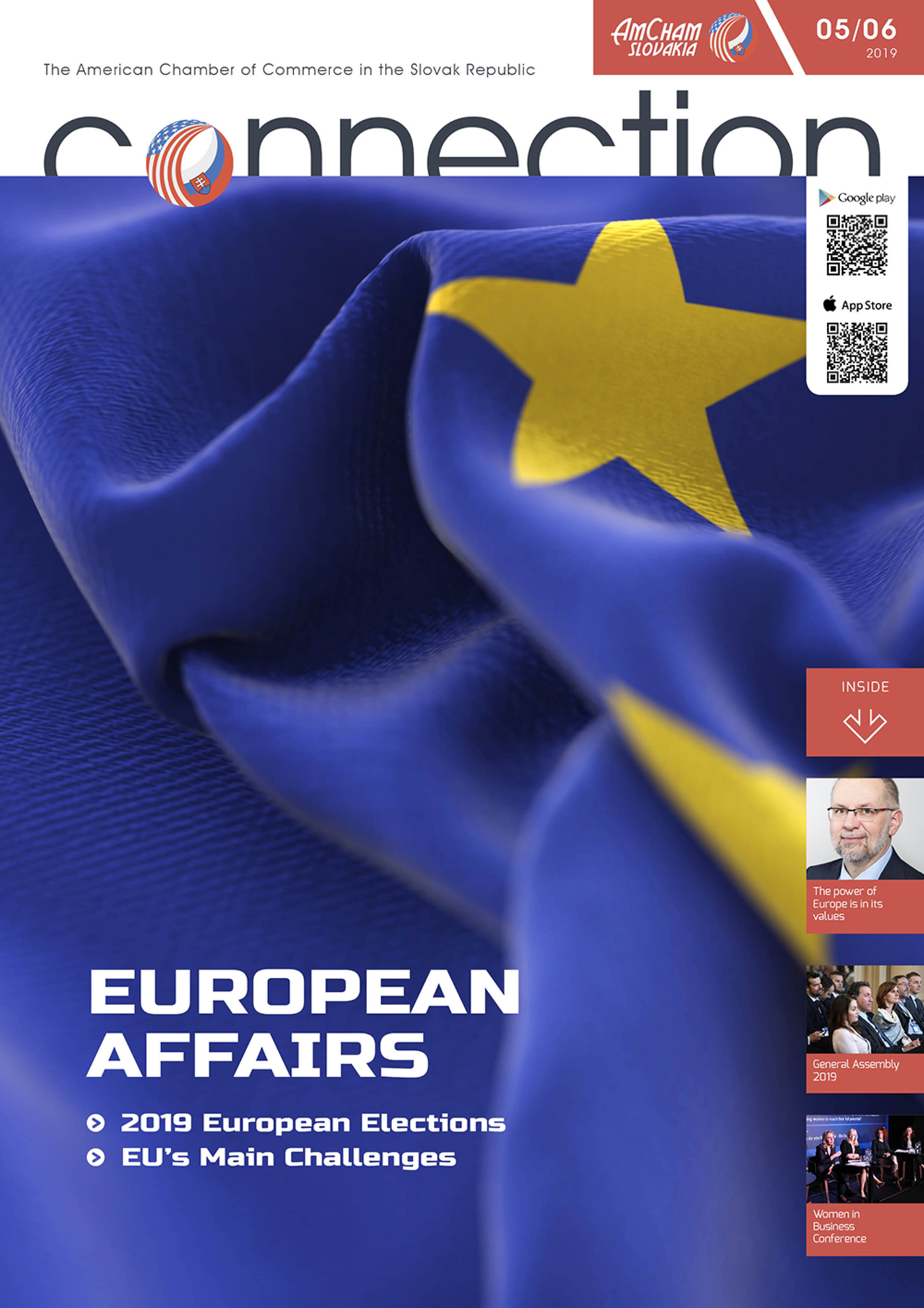In 2015, the EU adopted an ambitious plan to change the linear economy into a circular economy. In the linear economy that we currently know, manufactured products go to consumers, where their lifecycle ends. Generally, an economy based on the principle of “make, use, dispose” produces a significant amount of waste, which is not further consumed and must be disposed of in landfills or incinerated. On the contrary, in a circular economy the life of a product ends where another starts, and output becomes input. Thus, a large emphasis is placed on the environment and environmentally friendly solutions by minimizing waste as well as pollution. The aim of the European Commission is to minimize waste by recalling the four Rs of reduce, reuse, recycle and recover.
The plan was completed in 2018 and represents a big challenge for the EU economy since it should be realized by 2030. Since then, EU policymakers have made circular economy a priority. The European Union supports green projects with the aim of minimizing the amount of waste, boosting recycling and increasing producers’ responsibilities.
The transition toward a circular economy should lead to the development of smart cities, a shift to electric cars, and reduce the need of electricity due to smart solutions. Energy is produced by renewable sources. Goods must be designed in such a way as to be more durable, repairable and upgradeable in order to allow remanufacturing and recycling for the same industry or for others. Instead of buying, goods could be rented, and at the end of their lifecycle be returned. This represents a new business model that requires a change in current consumers’ lifestyles dominated by an appetite for buying more new products.
Circular economy is in the early stages but with significant potential
Such a transformation will lead to structural economic changes. Some jobs may be lost some goods, such as electric cars, are less labor-intensive than cars with combustion engines and long-lasting goods may be produced with a longer warranty. On the other hand, a circular economy creates additional jobs, too. According to several studies,1 about two million vacancies may be created. The European Commission itself estimated that a 65% recycling target to be achieved by 2030 could result in 580,000 new green jobs and save businesses across the EU over 72 billion EUR a year. The number of created jobs could reach 867,000 if, on top of recycling, the waste directive included better policies for reuse.
The potential of the transition toward a circular economy for economic growth is even larger. Since 2012, investment in circular economy sectors has increased by 11%. Still, this represents only a small part of overall fixed capital expenditures.
Currently, the EU imports three times more raw materials and energy each year than it exports. The effectiveness and efficiency improvements of the circular economy model would make the EU economy less dependent on raw material imports. Currently, Europe loses around 600 million tons of waste materials that could potentially be recycled or reused.
The transition is held back by a range of barriers. Some are behavioral or related to limited financial and technical capacity. We have observed an increasing number of big companies adopting circular economy practices, yet for SMEs such a transformation may be demanding. They may lack the financial and technical capacity as well as investment capacity, which can prevent companies from switching from a linear to a circular business model. According to a report by the European Commission, the business sector will need to invest approximately 320 billion EUR between now and 2025 to implement projects that put the European economy on the path to transition.2
Currently, the main disadvantage of recycling is its low economic profitability resulting in non-existent motivation for the private sector. This is most obvious in terms of plastic materials and deconstruction concrete waste. Although the rate of waste recovery has significantly increased over the past ten years, it varies wildly across member states.
To promote the transition to a circular economy that is still in the early stages, it is necessary to keep products and actions convenient and price-competitive. The circular economy stands for new green technologies and cuts unwanted externalities such as pollution. Thus, being in the public interest, it is favorable for governments to ramp up targeted interventions that support circular products. At the same time, intense networking and collaboration among producers from different sectors and among business and consumers are required. Thus, in the first place, the transition to a circular economy is only possible when the values and behaviors of producers and consumers change.
- For more information, see Kirchherr, J., et al., 2018, Barriers to the Circular Economy: Evidence From the European Union (EU), Ecological Economics 150, 264-272.
- European Commission Report, March 2019, Accelerating the Transition to a Circular Economy
Monika Junicke, Economist, Investment Banking, Komerční banka, a. s.



Follow us